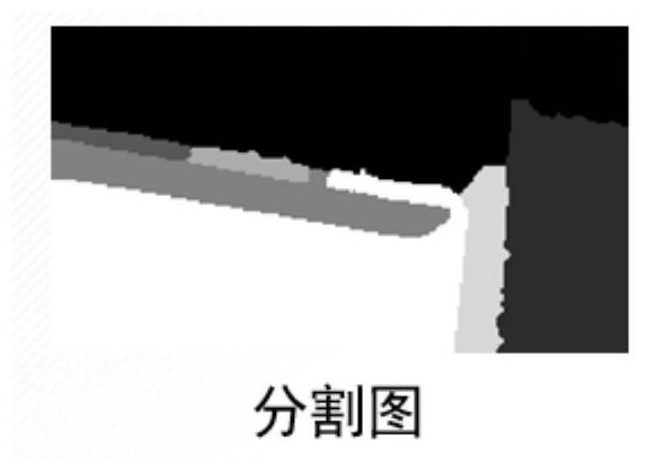Thermal Infrared Hyperspectral Anomaly Detection Method in Emissivity Domain Based on Blocking and Low-rank Prior
An anomaly detection and emissivity technology, applied in the field of remote sensing image processing, can solve the problems of poor performance of thermal infrared hyperspectral image anomaly detection, easy to cover the spectral characteristics of ground objects, and low spectral contrast, so as to avoid the process of dictionary construction , background information is accurate, and the effect of enhancing low rank
- Summary
- Abstract
- Description
- Claims
- Application Information
AI Technical Summary
Problems solved by technology
Method used
Image
Examples
Embodiment 1
[0048] Such as Figure 6 As shown, a hyperspectral anomaly detection method based on locally enhanced low-rank prior provided by the present invention comprises the following steps:
[0049] Step 1, input a thermal infrared hyperspectral radiance image to be detected and the segmentation coefficient ρ=0.4, the number of background endmembers of the local area matrix r=2;
[0050] Step 2, perform atmospheric correction on the thermal infrared radiance image, use FLAASH-IR to separate the temperature emissivity, and obtain the emissivity map and temperature map, such as figure 1 .
[0051] Step 3, use the Potts-based method combined with radiance map information and temperature map information to segment the original image into m homogeneous regions, and then use the segmented region boundary information for the emissivity image to segment the emissivity map into the same regions ,Such as figure 2 ;
[0052] Based on the assumption that the image grayscale changes slowly in...
PUM
 Login to View More
Login to View More Abstract
Description
Claims
Application Information
 Login to View More
Login to View More - Generate Ideas
- Intellectual Property
- Life Sciences
- Materials
- Tech Scout
- Unparalleled Data Quality
- Higher Quality Content
- 60% Fewer Hallucinations
Browse by: Latest US Patents, China's latest patents, Technical Efficacy Thesaurus, Application Domain, Technology Topic, Popular Technical Reports.
© 2025 PatSnap. All rights reserved.Legal|Privacy policy|Modern Slavery Act Transparency Statement|Sitemap|About US| Contact US: help@patsnap.com



